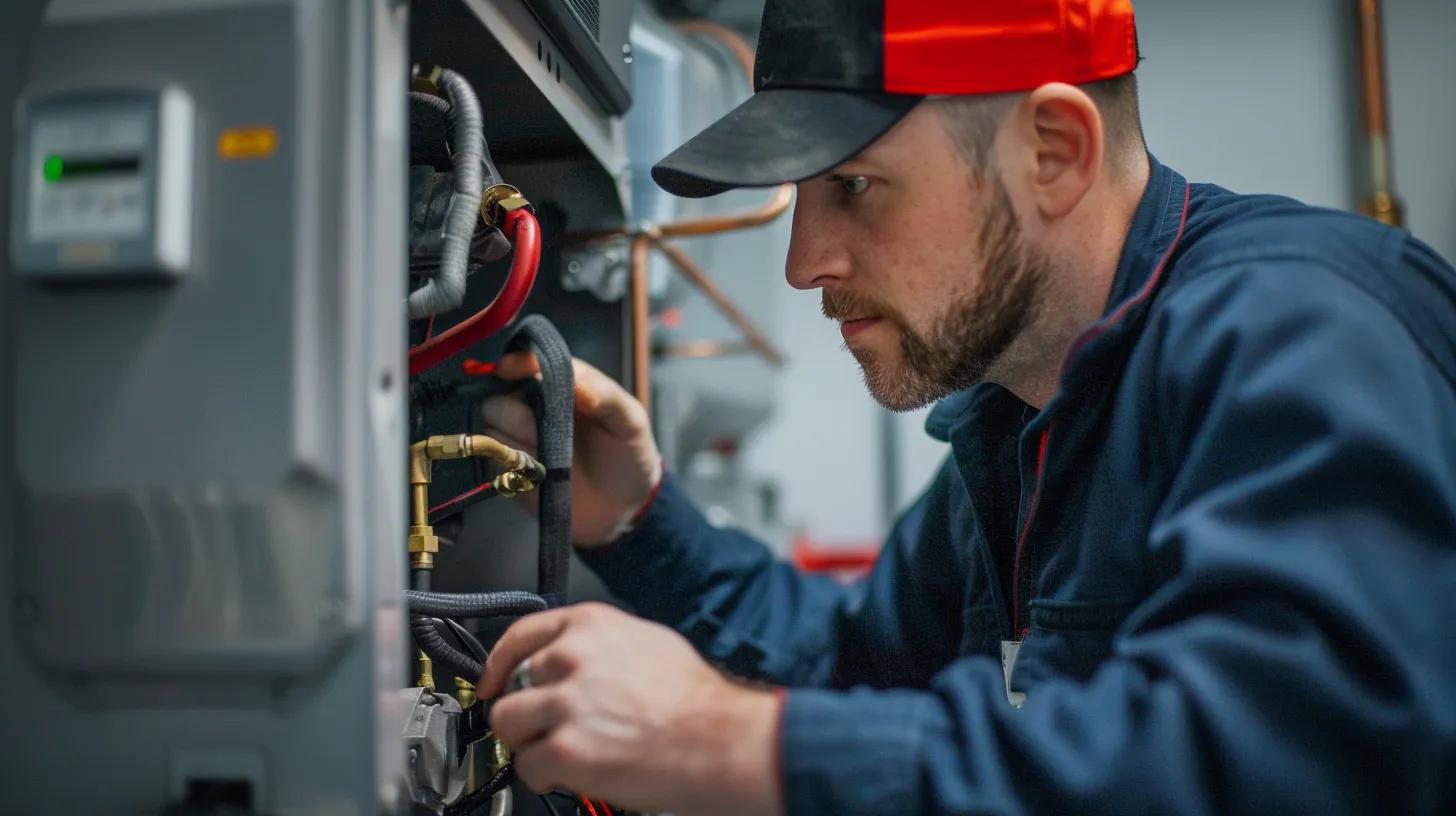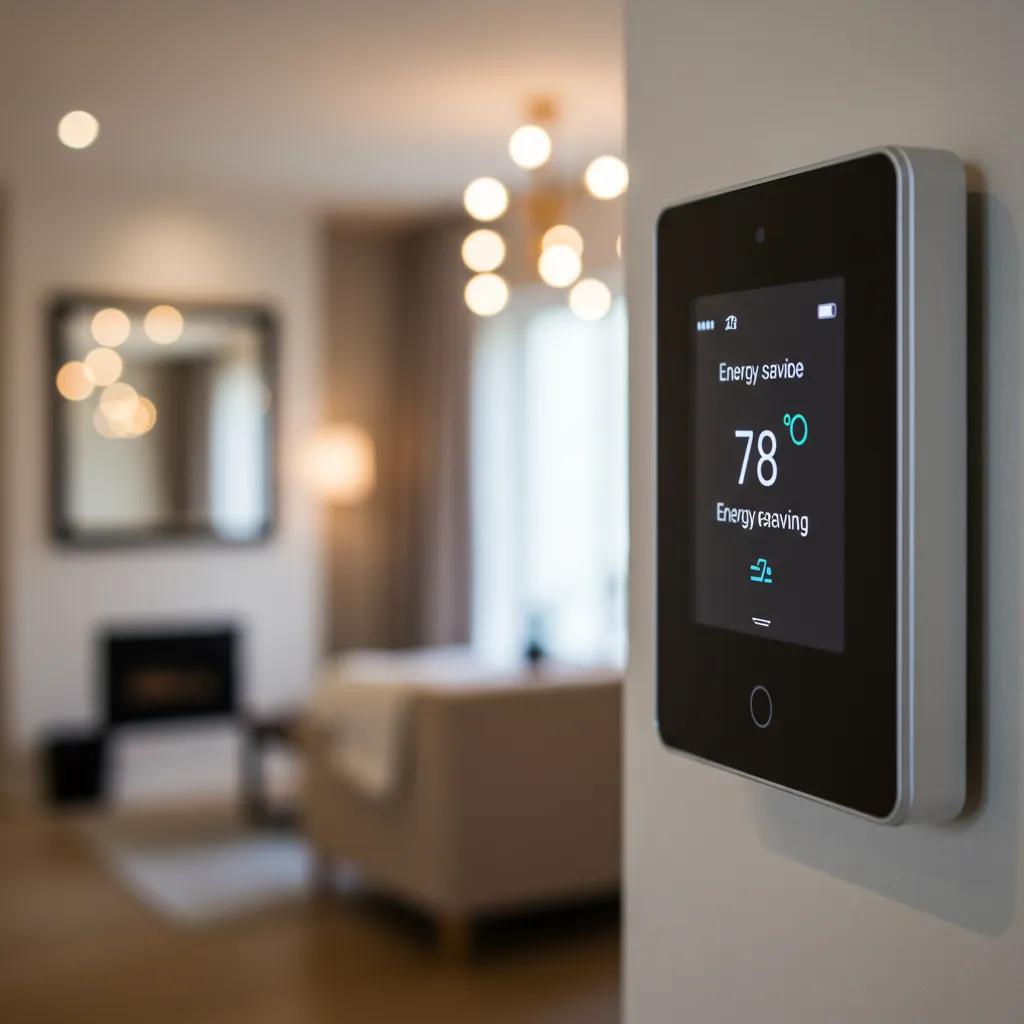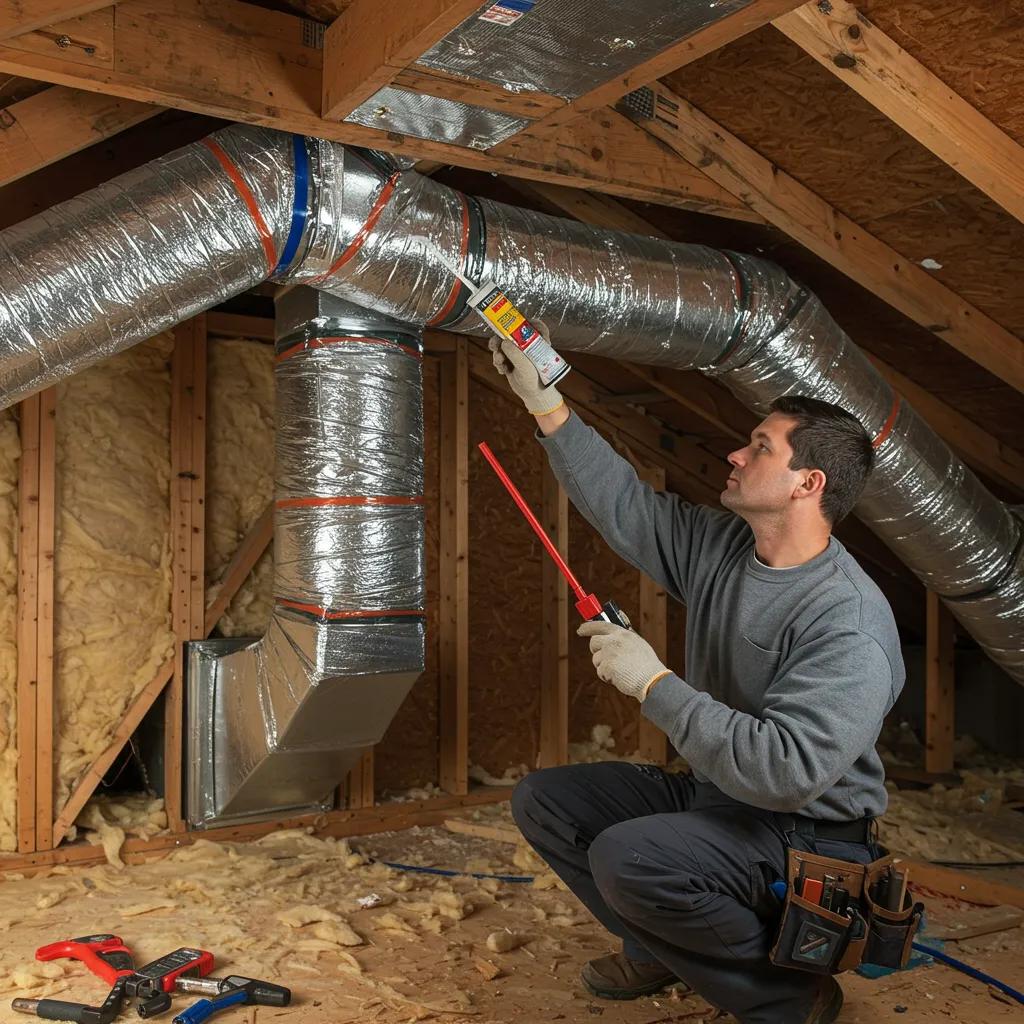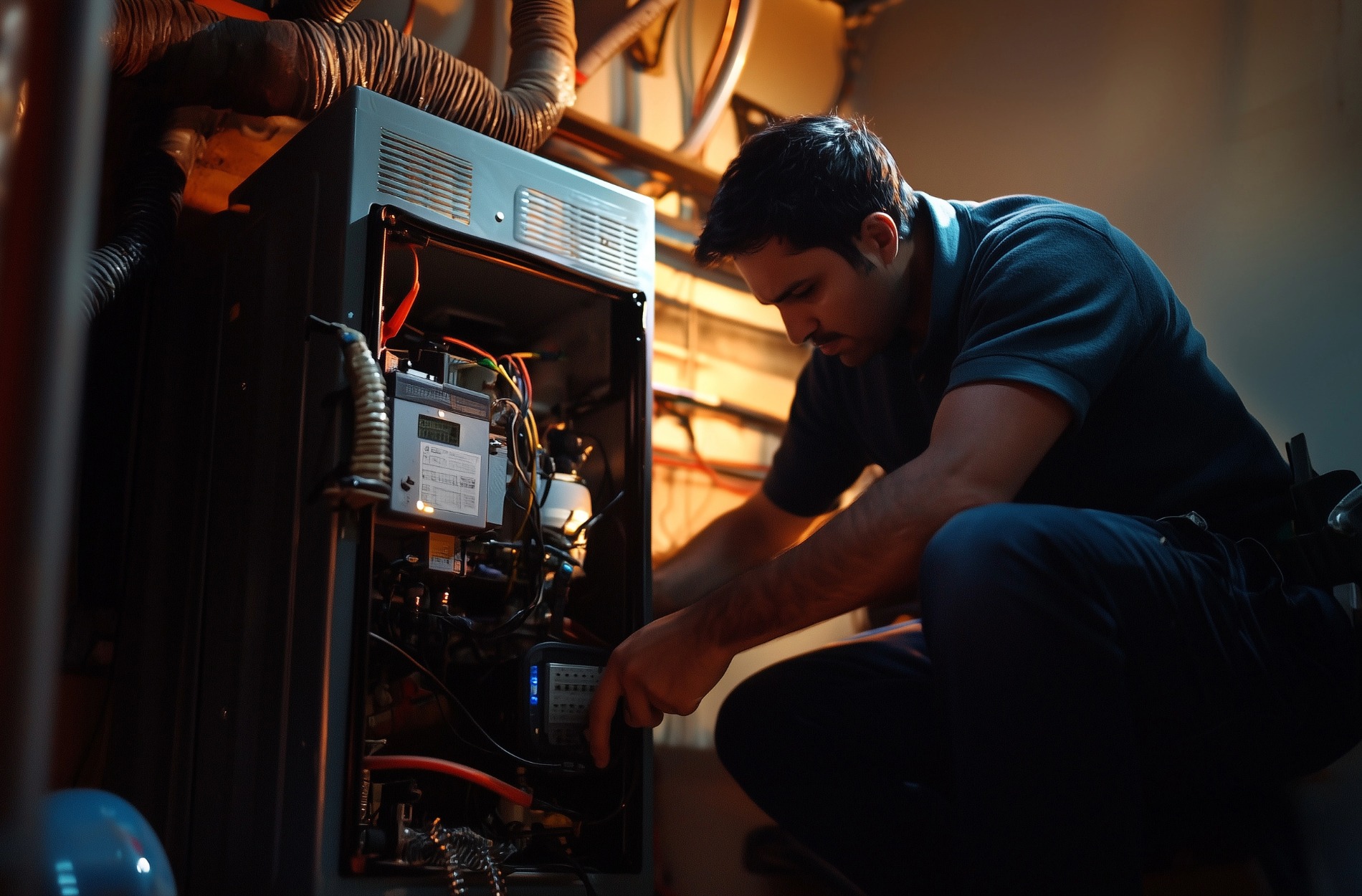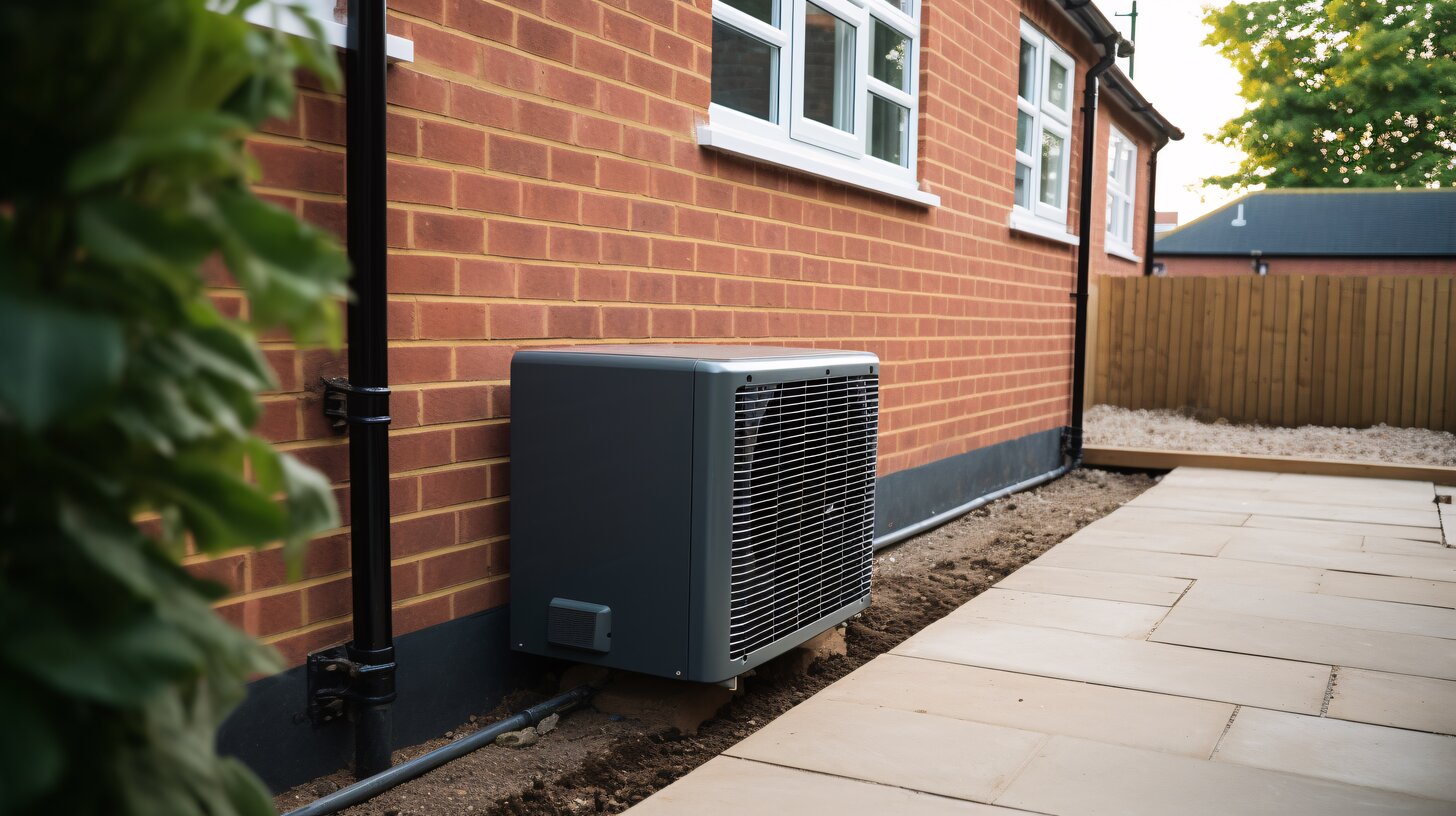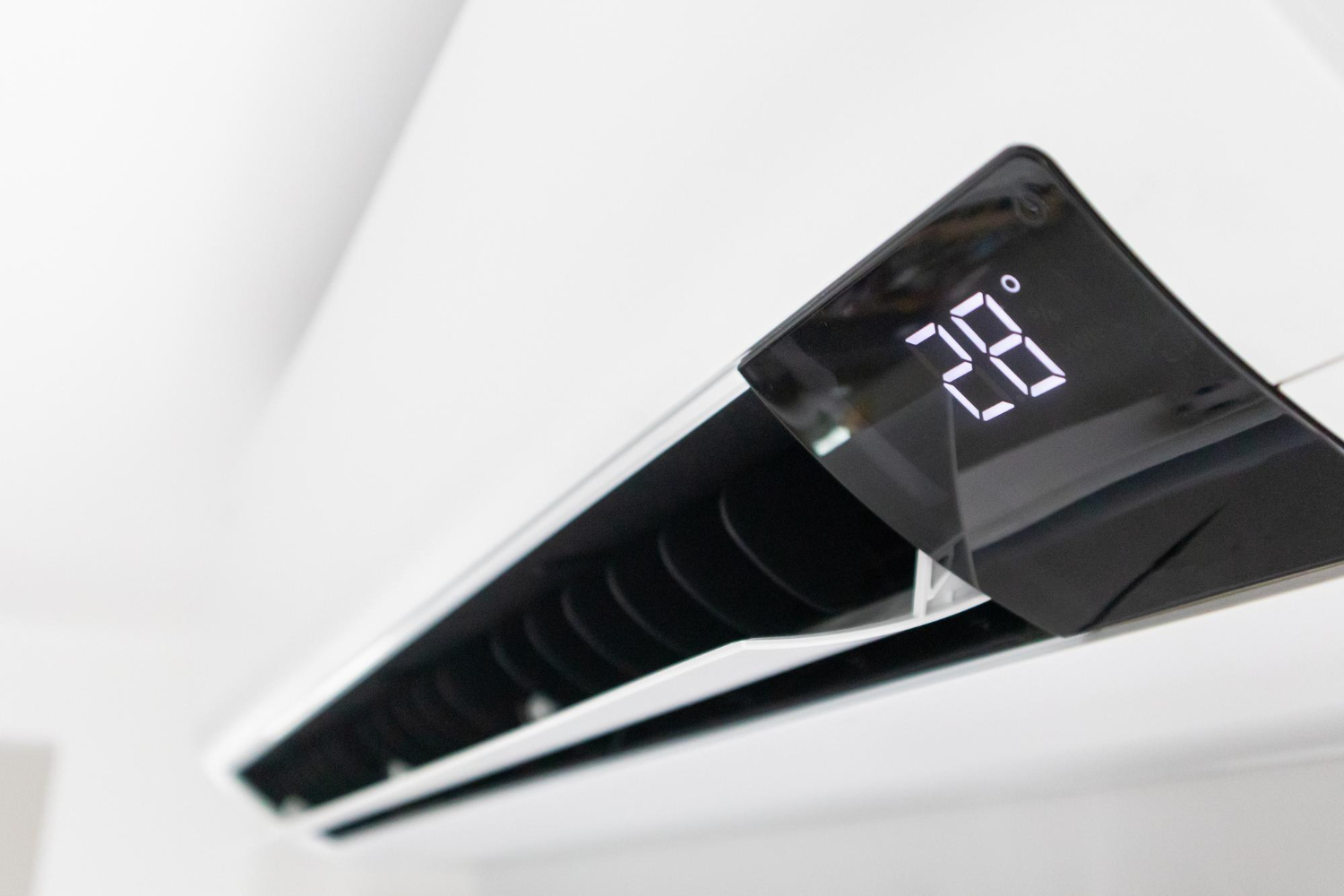DIY Furnace Maintenance: A Practical Guide for Edmonton Homeowners — Improve Efficiency & Stay Safe
A well-cared-for furnace keeps your Edmonton home warm, cuts energy costs, and reduces safety risks during our long winters. This guide walks you through practical, safe DIY tasks, explains how they help airflow and combustion, and shows when to call a pro. You’ll find clear schedules for filter changes, step-by-step filter and blower cleaning, safe pilot-light troubleshooting, carbon monoxide precautions, and the measurable benefits of professional tune-ups. There’s also local timing advice for Edmonton’s climate, filter comparison tables, recommended tools, and checklists to prioritize pre-season tasks. Read on to gain confidence in routine care, avoid common mistakes, and spot the warning signs that mean it’s time to hire a trained technician.
How Often Should You Replace Your Furnace Filter for Optimal Performance?
Your furnace filter controls airflow and indoor air quality: it traps dust and particles, protects the blower, and helps prevent heat-exchanger strain. Checking and replacing or cleaning filters on a regular schedule preserves airflow, lowers energy use, and reduces blower wear. For most homes, check the filter monthly and replace it every 1–3 months, adjusting frequency if you have pets, allergies, or extra dust. Choosing the right filter and replacement cadence helps cut energy waste and keeps indoor air healthier as Edmonton’s heating season starts.
What Types of Furnace Filters Are Best for Your Home?
Pick a filter based on particle capture needs, acceptable airflow resistance, and how much upkeep you want. Options run from basic fiberglass to pleated medium–MERV filters and washable styles. Higher MERV ratings trap smaller particles but can restrict airflow if your system isn’t rated for them, so match the filter to your furnace’s specs. Homes with pets or allergy sufferers often benefit from pleated or HEPA-compatible filters; typical households may prefer lower-resistance options for efficiency. The table below compares common types to help you decide.
Use this comparison to balance air quality with system compatibility before you move on to safely replacing the filter.
| Filter Type | Typical MERV Range | Best For | Replacement Frequency |
|---|---|---|---|
| Fiberglass (disposable) | 1–4 | Basic dust control, budget-friendly | Replace every 1–3 months |
| Pleated (disposable) | 5–11 | Most homes; better particle capture | Replace every 1–3 months |
| HEPA–compatible / High–MERV | 12–16+ | Allergies, pets, higher indoor air quality needs | Replace every 1–2 months; monitor airflow |
| Washable (reusable) | Variable (typically lower) | Low-waste, cost-conscious households | Clean monthly; replace if damaged |
In most Edmonton homes, pleated filters strike the best balance. High–MERV options capture more allergens but need a system-compatibility check before you use them.
How to Replace Your Furnace Filter: Step-by-Step Instructions
Changing a furnace filter is a safe, high-impact DIY job when done correctly. Start by switching off power at the thermostat and the furnace’s service switch so the blower won’t run. Find the filter slot—usually at the return grille or in the furnace cabinet—pull out the old filter and inspect it for heavy dirt, tears, or fast loading (which may mean you need to change more often). Fit a correctly sized replacement with the airflow arrow pointing toward the furnace, close the access panel, restore power, and mark the date so you remember to check monthly.
- Ensure safety: Turn off furnace power at the thermostat and the unit switch.
- Locate and remove: Open the filter slot and slide out the old filter to inspect it.
- Install correctly: Insert the new filter with the airflow arrow toward the furnace.
- Record and monitor: Note the date and check monthly to adjust replacement intervals.
These steps prevent common mistakes like reversed filters or wrong sizing. Regular checks naturally lead to cleaning the blower and vents to improve airflow even more.
How Can You Clean Your Furnace Blower and Vents to Boost Efficiency?
Cleaning the blower and vents restores airflow, reduces dust recirculation, and helps combustion run cleanly by allowing the blower motor and blades to move air without extra resistance. Dust and lint on the blower reduce RPM and make the motor work harder; cleaning cuts energy use and lengthens motor life. Always cut power before working and use basic PPE to avoid breathing settled dust. Below we cover the right tools, safe techniques for blower and duct cleaning, and when to bring in professionals for motor or ductwork service.
What Tools and Supplies Do You Need to Clean Furnace Components?
A modest set of tools lets homeowners safely clean accessible components without opening sealed parts. Essentials are a vacuum with brush attachments, soft nylon brushes, microfiber cloths, a screwdriver set, replacement filters, and PPE like an N95 mask and gloves. A flashlight and vacuum extension help reach registers and tight corners. Don’t use harsh solvents or metal brushes that can damage blades or sensors. With these supplies you can clean visible parts safely while protecting electrical and sealed components.
- Essential tools: Vacuum with brush attachments, soft brushes, screwdrivers.
- Protective gear: N95 mask, gloves, eye protection.
- Optional tools: Flashlight, vacuum extension, microfiber cloths.
With tools on hand, the next section summarizes best practices for cleaning blower motors, lubricating where appropriate, and spotting when a pro is required for sealed or electrical work.
| Component | Recommended Tool/Supply | DIY Difficulty | Safety Note |
|---|---|---|---|
| Blower blades & housing | Vacuum + soft brush, microfiber | Moderate | Switch power off; avoid bending blades |
| Blower motor exterior | Soft brush, light compressed air | Moderate | Do not open sealed motor housing |
| Vents/registers | Vacuum extension, damp cloth | Easy | Remove and clean covers; keep water out of ducts |
| Flame sensor / burners | Soft cloth, fine emery for sensor | Difficult | Burner work is sensitive—call a pro if unsure |
The furnace blower uses a significant share of circulating electricity, and its performance is tied closely to static pressure in your ductwork.
Furnace Blower Electricity Consumption and Static Pressure Impacts
Furnace blowers make up a large portion of a furnace’s electricity use and are essential for moving warm air during heating (and cool air during cooling). Standard test procedures don’t fully capture real-world standby or cooling electricity use, and blower power is highly sensitive to static pressure. Field measurements show wide variation in home duct static pressure, so test assumptions don’t always match actual installations.
Furnace blower electricity: national and regional savings potential, 2008
What Are the Best Practices for Cleaning Furnace Blower Motors and Ductwork?
Begin with a visual inspection: check for dust build-up, debris at registers, and signs of pests. Turn power off before opening panels. Vacuum dust from blower blades and housing, wipe reachable surfaces with a lightly damp cloth, and avoid touching electrical terminals or opening sealed motor enclosures. For ducts, clean accessible return vents and registers; heavy visible debris, mold, continued dust after cleaning, or reduced airflow are cues to schedule professional duct cleaning. Also check belts and lubrication points when the motor design permits, and treat sealed motors or heat-exchanger access as no-go DIY tasks.
- Inspect first: Look for visible debris, stains, or airflow restrictions.
- Power off: Always disconnect electrical power before accessing internal parts.
- Clean gently: Vacuum blades and wipe housings; do not open sealed motors.
- Escalate when needed: Call a professional for full duct cleanings or sealed-motor work.
Following these steps protects components and prepares you for the ignition and pilot-light troubleshooting described next.
What Are Common Furnace Pilot Light Problems and How Can You Troubleshoot Them?
Pilot and ignition issues commonly show as no heat, an intermittent flame, or unusual flame color. Causes include airflow problems, a dirty pilot orifice, a faulty thermocouple/flame sensor, or control-module faults. Start troubleshooting with low-risk checks: confirm the gas supply and thermostat, look for obvious blockages, and ensure vents provide adequate combustion air. A yellow or sooty flame indicates incomplete combustion—a safety concern that needs a pro. The following section gives safe relighting steps and clear criteria for when to call a technician.
How Do You Safely Relight a Furnace Pilot Light?
Relighting must follow the manufacturer’s instructions and priority on safety. Turn off gas and power first, then wait several minutes for any unburned gas to clear. Use a long lighter or the furnace’s built-in lighting procedure, light per instructions, and watch the flame: a steady blue flame shows proper combustion, while a weak or yellow flame is a warning. After relighting, watch the system for a few cycles to confirm reliable ignition. If the pilot won’t stay lit or you smell gas, shut the system down and call a professional immediately.
- Turn off: Power down and close the gas valve; wait 5–10 minutes.
- Follow manual steps: Use the manufacturer’s lighting procedure or a long lighter.
- Observe flame: Look for a steady blue flame and stable operation.
- Monitor cycles: If it won’t stay lit, stop and contact a professional.
Relighting fixes many simple outages, but repeated failures or any gas smell require professional escalation as covered below.
| Symptom | Likely Cause | DIY Fix | When to Call a Professional |
|---|---|---|---|
| Pilot out after storms | Draft or blocked vent | Relight per the manual; check vents for debris | If it repeats after relighting or vents are blocked |
| Intermittent ignition | Dirty pilot/igniter, weak flame sensor | Gently clean sensor; relight | If the issue continues or involves an electronic igniter |
| Yellow or sooty flame | Incomplete combustion, incorrect air/gas mix | Inspect vents for blockages | Immediate professional service—safety risk |
| Gas odor | Leak or valve issue | Evacuate and call emergency services | Call a professional immediately; do not attempt repairs |
When Should You Call a Professional for Pilot Light or Ignition Issues?
Call a professional if pilot outages repeat, if you smell gas, if the flame is yellow or sooty, or if an electronic ignition fails after basic checks. These signs point to combustion, venting, or control-board problems that can create carbon monoxide risk or gas leaks. For reliable local help, contact Mobil Heating & Air Conditioning Inc. — they provide furnace repair and 24/7 emergency service, financing options, and free estimates to address hazardous or complex ignition issues quickly. Bringing in a trained technician protects your family and prevents small faults from becoming major repairs.
If problems recur or you see unsafe combustion signs, a professional can inspect components like the heat exchanger and venting—areas homeowners should not open themselves.
What Furnace Safety Guidelines Should Every Homeowner Follow?
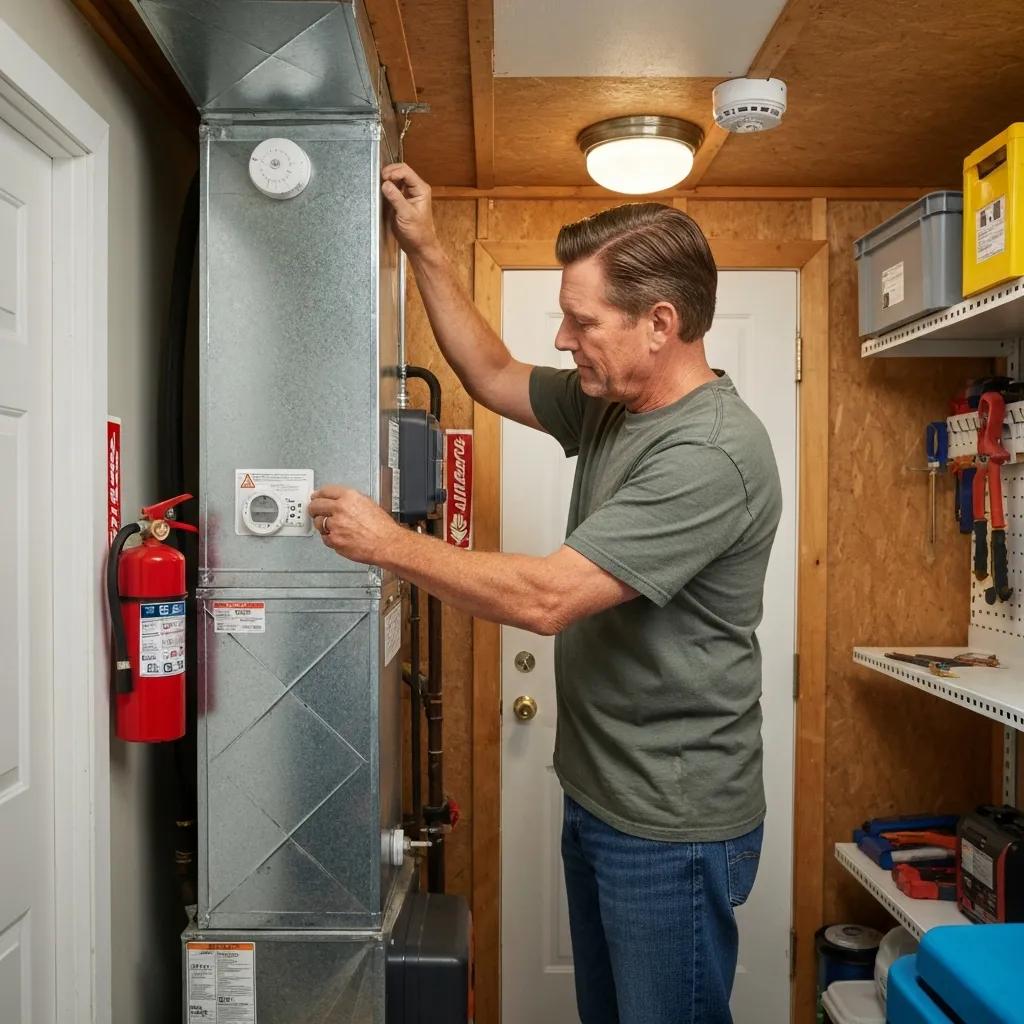
Furnace safety means preventing carbon monoxide exposure, avoiding fire risks, and ensuring correct combustion air and venting. Install and maintain carbon monoxide detectors, keep clearances around the furnace, and never store flammables nearby. Regular inspections and keeping vents clear reduce the risk of backdrafting and incomplete combustion. These measures protect occupants and help you know when to hand repairs over to licensed professionals.
Faulty furnaces are a common cause of residential carbon monoxide poisoning, but regular annual inspections and working CO alarms make these incidents largely preventable.
Preventing CO Poisoning from Faulty Furnaces with Inspections and Alarms
Residential carbon monoxide poisonings are often linked to faulty furnaces. The good news: regular annual inspections and properly installed CO alarms greatly reduce that risk.
Risk and protective behaviours for residential carbon monoxide poisoning, JA Poehlman, 2013
How Do Carbon Monoxide Detectors Protect Your Home?
Carbon monoxide (CO) is colorless and odorless and comes from incomplete combustion. Detectors sense rising CO levels and warn occupants before concentrations become dangerous. Install detectors on every floor and near sleeping areas, test them monthly, and replace units per the manufacturer’s guidance. If a CO alarm sounds, evacuate right away, call emergency services, and don’t re-enter until cleared. Reliable CO detectors complement furnace maintenance and tie directly to ventilation and combustion checks.
- Placement: On each floor and at least one near sleeping areas.
- Maintenance: Test monthly and replace per manufacturer instructions.
- Response: Evacuate and call emergency services if the alarm sounds.
Keeping detectors in working order is a key part of a complete furnace safety plan and supports safe clearances around the unit.
What Are the Key Safety Rules for Furnace Room Maintenance?
Keep at least three feet of clearance around the furnace, avoid storing combustible items nearby, and ensure supply and return vents are unobstructed so the unit gets enough combustion air. Inspect vent pipes, chimney connections, and exhaust terminations regularly for corrosion, blockages, or animal nests. Never attempt gas-valve or heat-exchanger repairs yourself—these require licensed technicians because of combustion and CO risks. Following these rules reduces fire and CO hazards and helps the system run reliably.
- Clearances: Keep at least three feet of space around the furnace free of storage.
- Venting checks: Inspect exhaust and intake terminations seasonally.
- No DIY on gas components: Leave gas and heat-exchanger repairs to licensed pros.
These maintenance habits prevent common safety issues and make seasonal tune-ups more effective.
Frequently Asked Questions
What are the signs that indicate my furnace needs professional maintenance?
Call a pro if you hear banging or rattling, notice uneven heating, experience frequent on/off cycling, or smell gas. If your carbon monoxide detector activates or flames appear yellow or sooty, those are urgent safety signs. Regular inspections catch issues early and keep your furnace running safely and efficiently.
How can I improve the energy efficiency of my furnace?
Start with regular filter changes, good home insulation, and sealing air leaks. Annual professional tune-ups let technicians clean and optimize internal components. Using a programmable thermostat to reduce run time when you’re away also lowers energy use. These steps together deliver measurable savings.
What should I do if my furnace is blowing cold air?
First check the thermostat is set to “heat.” Inspect the filter—clogs can block airflow and cause cold air. If the filter is clean and settings are correct, check for pilot or gas-supply issues. If the problem continues, call a qualified technician to diagnose and repair it safely.
How can I ensure my furnace is safe to operate?
Inspect your furnace for rust or corrosion, keep the area clear of storage, and install CO detectors near sleeping areas—test them monthly. Schedule annual professional inspections to check for gas leaks, venting problems, and combustion efficiency. Avoid storing flammables near the unit and keep vents unobstructed.
What is the importance of carbon monoxide detectors in relation to furnace safety?
CO detectors alert you to dangerous, invisible gas from incomplete combustion. Place detectors on every floor and near bedrooms, test them regularly, and replace them per the manufacturer. Working detectors are essential for protecting your household from CO poisoning.
Conclusion
Regular furnace maintenance boosts efficiency, improves safety, and extends equipment life. Pair basic DIY tasks—like timely filter changes and gentle cleaning—with an annual professional tune-up to reduce repair risk and keep indoor air healthy. Don’t wait for winter—take proactive steps now. For expert help and tailored solutions, contact Mobil Heating & Air Conditioning Inc. to schedule your furnace service.

